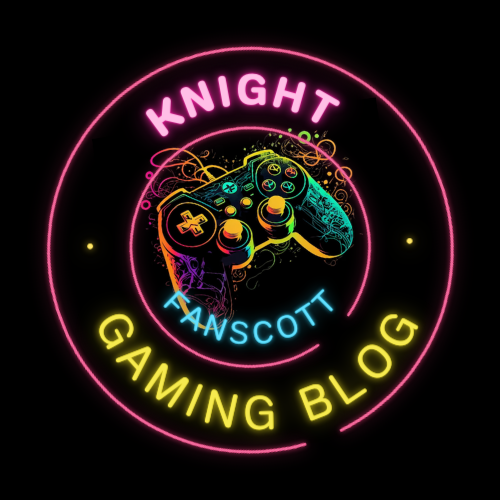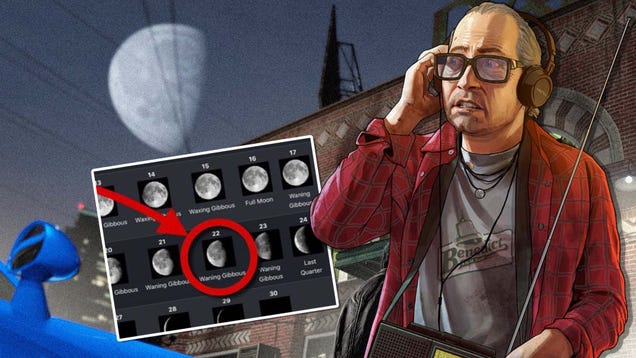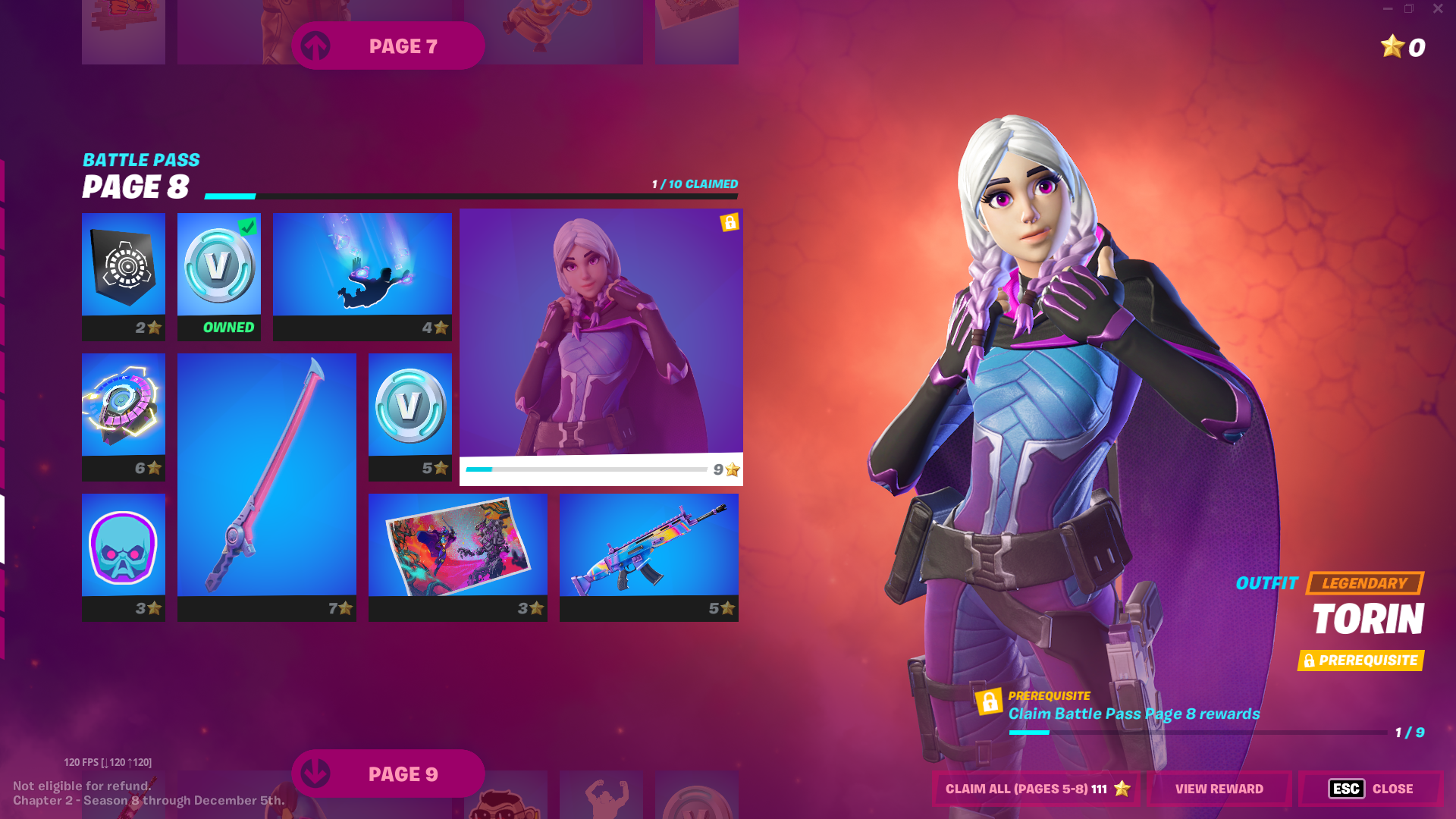
In terms of the Bioshock trilogy, it’s always felt that Bioshock 2 is often overlooked. Sure the first game is an FPS classic and one of the greatest games of all time, and TheXboxHub even voted Bioshock Infinite as one of our games of the decade, but Bioshock 2 deserves a lot of love, despite it being a bit too similar to its predecessor.
Having previously looked back at the original Bioshock as well as the sequel Bioshock Infinite, we now turn our attention to the forgotten middle child, just in time for a celebration of its tenth anniversary.
To understand why Bioshock 2 may be treated differently, we need to go back to the development phase. Firstly, Ken Levine – director of the other two Bioshock games – was not director on this instalment, and instead handed reins over to Jordan Thomas in the 2K Marin offices; a new office spun out of the publishing company 2K Games to develop a new Bioshock game. Ken Levine was still on hand to provide input, but was not as involved as the other games.
One early decision the team made was that it couldn’t be a Bioshock game without being set in Rapture. Rapture is an underwater world built by Andrew Ryan as a place for the 1% and society’s high and mighty to live away from the rules and regulations that he argued had a detrimental effect on people.
The original Bioshock was set in 1960, by which time Rapture had been open for around 15 years. Bioshock 2 was set before and after the first game, using traditional flashbacks and a non-traditional narrative multiplayer.
Bioshock 2 starts on New Years Eve, 1958, and has you play as a Big Daddy known as Subject Delta. This isn’t the first-time players have dressed up as a Big Daddy – as there is a memorable moment in the first game – but here in Bioshock 2 you are a true Big Daddy, and one of the first to ever be properly bonded with a Little Sister.

For the uninitiated, a Big Daddy is a human whose body is grafted to an underwater diving suit, left to guard Little Sisters as they run around Rapture collecting ADAM. Little Sister’s are genetically mutated girls, and ADAM is a strange material first discovered during the construction of Rapture that can grant superhuman powers to those that ingest it. As inhabitants of Rapture become more reliant on ADAM, the protection of Little Sisters by Big Daddies becomes all the more important.
After an incident involving a mind control plasmid, you awaken ten years later, which is eight years since the events of the original Bioshock. Rapture is now on its last legs. There are more flooded areas now, and those that aren’t flooded are in complete disarray and disrepair. The eight years have also taken their toll on the splicers themselves; where before they may have resembled humans to a point, the years down in Rapture and their addictions have altered them irreversibly.
Nowhere is this more evident though than the game’s logo. The original Bioshock logo had some minor water damage and a green, mossy tinge to it but Bioshock 2’s logo was covered in barnacles and the damage done was far more prevalent.

Playing as Subject Delta, you learn that you must be reunited with your Little Sister, called Eleanor, otherwise you will fall into a coma. Eleanor though has been captured by Sofia Lamb, and Subject Delta must utilise the help of the other Little Sisters to take Lamb down.
Once again, Bioshock 2 features multiple endings, but this time these also depend on your decisions whether to spare or execute some of the NPCs you encounter, as well as whether you harvest or rescue the other Little Sisters.
It was these NPC encounters that I feel lifts the other Bioshock games slightly higher than the difficult second game. Who can forget the likes of Sander Cohen and his penchant for encasing living people in plaster and calling them ‘statues’, or Dr. Steinman’s mutilating surgical operations from the first game? In comparison, the NPCs in Bioshock 2 never really felt as hard-hitting; certainly the overall feelings for a lot of players was a sense of repetition despite all the changes.
But then there was the multiplayer which – in an attempt to not feel tacked on – was one of the earlier examples of a game trying to weave true narrative into its multiplayer rather than simply having two teams shoot the hell out of each other.
The multiplayer takes place after the introduction to Bioshock 2 in 1959, at the point where things really started to unravel for Rapture. In between matches players could return to their apartment and listen to audio logs and get their story fill that way. The higher the level you were, the more of the story you unlocked. It was simple, but it worked.

Sadly, what held the more than competent multiplayer back was simply that it wasn’t what Bioshock players necessarily wanted. Players enjoyed the tense battles against splicers and the exploration – bordering at times on survival horror – but that just doesn’t translate into a multiplayer scenario.
Bioshock 2 also had several DLC additions including the excellent Minerva’s Den – a DLC piece that is right up there as one of the best DLC expansions of all time. In this you again play as a Big Daddy but this time you must assist a scientist – Charles Porter – in acquiring plans for a supercomputer known as The Thinker. His motives aren’t made clear, but another scientist known as Reed Wahl wants to stop him and use The Thinker for himself. Typical with Bioshock, nothing is black and white, and there is a major twist at the end. It is a self-contained story within the world of Bioshock, and definitely one of the highpoints to come out of Bioshock 2. In fact, the team that worked on it enjoyed telling this shorter form of story so much so that they broke off and created The Fullbright Company, who have since had their own success with Gone Home and Tacoma.
Like many Xbox 360 games now, Bioshock 2 can be played as part of the backwards compatibility programme on Xbox One. But it also received a facelift back in 2016 with the release of Bioshock: The Collection on Xbox One, which brought all three Bioshock games and DLC into one bumper package. Sadly, the multiplayer from Bioshock 2 didn’t quite make it. It did add in the Museum of Orphaned Concepts however, where players could view concept art of abandoned ideas and features, and a director’s commentary for the first Bioshock that could be unlocked by collecting a new type of collectible in the game. It also includes all DLC released for Bioshock Infinite, and if you have yet to play this trilogy then this collection represents the best opportunity to do so.

































